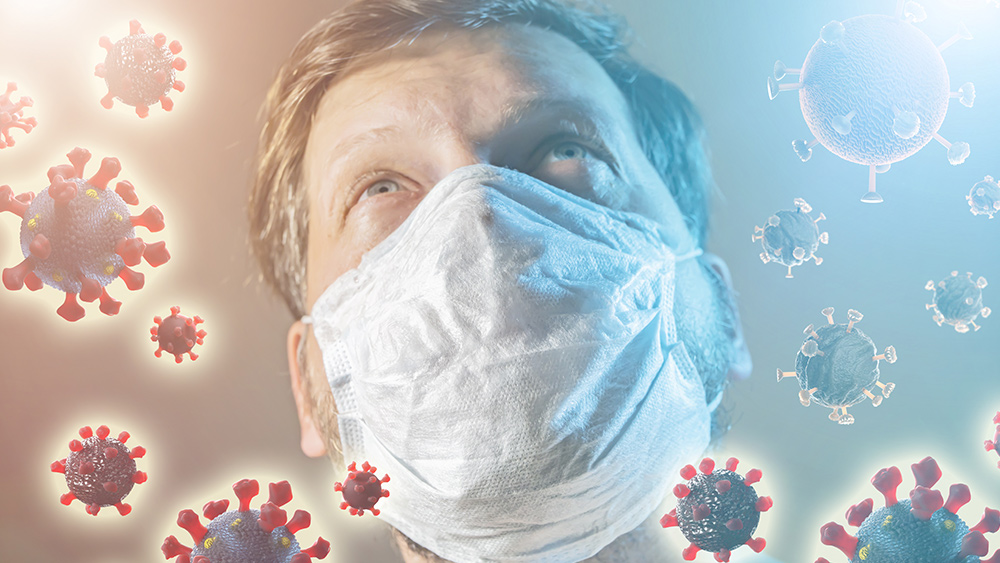Aquaculture could be the answer for sustainability of seafood supply chain, according to new study
12/11/2017 / By David Williams

With more than 70 percent of the Earth being covered in water, it may surprise you to know that there are still many aquatic places we have not ventured yet. A recent study now suggests that through aquaculture, many countries can not only put their underutilized coastal waters to better use but also meet their own domestic needs and more.
In particular, a number of coastal countries have been identified as having the potential to become aquaculture hot spots; namely Fiji, Indonesia, and Kenya. According to researchers, it’s no longer a question of whether aquaculture will be relevant in the future of food, but when and where it will happen.
“Marine aquaculture provides a means and an opportunity to support both human livelihoods and economic growth, in addition to providing food security,” says Professor Ben Halpern, Chair in Marine Conservation at Imperial College London and Executive Director of the University of California Santa Barbara (UCSB)-affiliated National Center for Ecological Analysis and Synthesis (NCEAS). “Our results help guide that trajectory.”
Maximizing use of the ocean
The study was led by scientists from UCSB, and was conducted with researchers from Imperial, the Nature Conservancy, the National Oceanic and Atmospheric Administration, and the University of California Los Angeles (UCLA). According to lead author Dr. Rebecca Gentry, from UCSB’s Bren School of Environmental Science & Management, every coastal country in the world has the opportunity for aquaculture, and that it could actually be spread a lot more across the world.
Norway and China are two countries that are known to currently produce a lot of aquaculture fish and bivalves. But other countries, such as the U.S., hold enormous potential. In fact, the study shows that the U.S. could potentially produce “enough farmed seafood to meet national demand” while using no more than 0.01 percent of its exclusive economic zone. (Related: Can progressive, cutting-edge organic agriculture feed the world?)
The researchers set out to determine global aquaculture potential by identifying areas where ocean conditions were “suitable enough” to support aquaculture farms. They studied synthesized data on various parameters like temperature and ocean depth as well as the biological needs of 180 species of marine life. They also ruled out places that might come into conflict with other uses, like high shipping zones and so-called marine protected areas. Ocean depths that exceeded 200 meters were also excluded.
Food for all
What the researchers found was that there’s so much space available in the world’s oceans that there could be an opportunity for free food for almost everyone. They even went as far to say that with proper aquaculture development, the most productive areas could produce about the same amount of seafood that is produced globally, but in only one percent of the total ocean surface.
“There’s so much area available that there’s a lot of flexibility to think about how to do this in the best way for conservation, economic development and other uses,” explains Dr. Gentry. Exploring all the available possibilities is such an enormous undertaking that the researchers emphasized that it’s crucial for science, conservation, industry, and policy to work together “to proactively ensure fish farms are not just well placed but also well managed.”
In the end, the research concludes that beginning aquaculture in new places can only succeed if it can be managed properly. “Like any food system, aquaculture can be done poorly; we’ve seen it,” says study co-author Dr. Halley Froehlich of NCEAS. “This is really an opportunity to shape the future of food for the betterment of people and the environment.”
While the research didn’t consider all the possible political or social issues that may eventually limit production, the potential is truly astounding.
Read more about the collapse of the food supply at FoodCollapse.com.
Source include:
Tagged Under: aquaculture, aquatic life, biodiversity, fish farming, food production, food supply, seafood, sustainability
RECENT NEWS & ARTICLES
COPYRIGHT © 2017 REAL SCIENCE NEWS





















